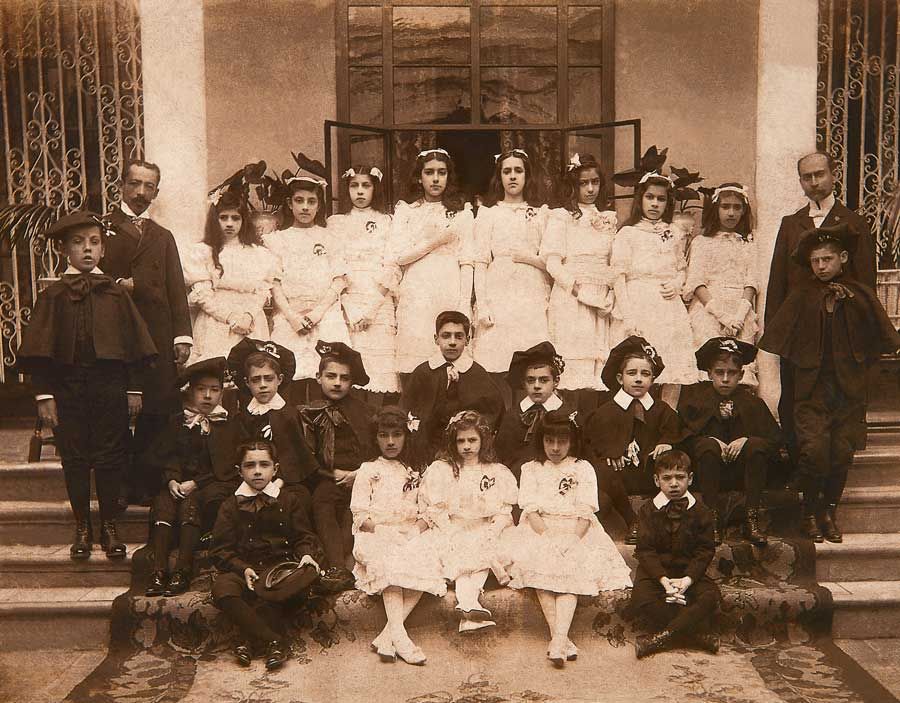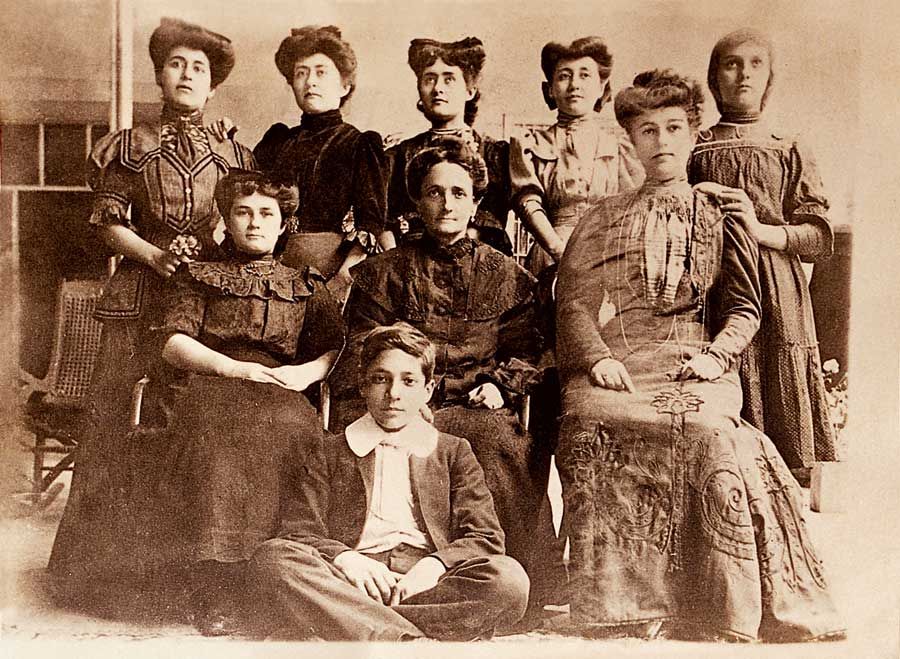During these decisive formative years, Macedonio developed an intense bond with nature through the lessons provided by the naturalist, entomologist and farmer, Father Puech, who patiently cultivated his pupils´ love for the study of the world´s fauna via laminate plates or direct observation of the sea, beaches, deserts and valleys of Trujillo. These erudite explanations were complemented by procedures for building bee hives- a hobby that Macedonio would later maintain at his home in Trujillo- and mastery of the secrets behind silkworm transformations. In the area of the Humanities, Father Blanc encouraged Macedonio´s love for reading through epic and historical works. As such, Macedonio came to embody the French XIXth century preference for all things past and novels based upon the great moments in European culture. This century, host to Honore de Balzac and Victor Hugo, saw the birth of monumental literary reconstructions that were more true-to-life than the dense and gloomy stories that populated the writings of historians in the last decade of the century. Students watched as Padre Standard, walked, or more specifically slid, through the halls of the school and recognized in him the glimmers of a heightened spirituality. Nevertheless, Graff was perhaps the individual who most captivated the attention of young Macedonio- this priest knew about music. It was most certainly through this teacher that Macedonio´s first artistic vocation, this time for the violin, became apparent. His love for said instrument would only cede upon the advent of his dedication to painting, product of his fascination with drawing and colors.
Master Manuel Tejada’s music students. They are standing in front of the home of Mr. Alberto Larco Herrera. Macedonio is the child in the center between his cousins Víctor Raúl and Agustín Haya de la Torre.


The painter, his mother and sisters around 1905: María Antonieta de la Torre Crespo, Luz de la Torre Crespo, Esther de la Torre Crespo, Teresa de la Torre Crespo, Mercedes de la Torre Collard, Rosa de la Torre Collard, Adelaida Collard Mendoza, Elena Rosell Collard and Macedonio de la Torre.
Finally, all former Lazarist students fondly recall the man who stimulated their passion for exercise, open air walks and sports: Father Goujon. This Basque football champion was responsible for reminding the boys that nothing worthwhile was possible without good health, and it is possible that this training was decisive in Macedonio´s later globetrotting. If this seems doubtful, we must recall the painter´s trip, some years later, on foot across the Andes between Santiago, Chile and Mendoza, Argentina.
This deeply profound educational experience was further enriched by the fact that Macedonio had the opportunity to enjoy the country life on his father’s rural properties, such as the Chuquisongo Hacienda where he was born. It was here that Macedonio experienced the bustle and secrets of farming and ranching cycles, and where he had his first experiences with the polychromatics of nature that would later be so lovingly recreated on his canvasses or in structures elaborated with capricious and spontaneous rock formations or bones and bushes that the painter had randomly collected on his strolls through the countryside and on the beaches.